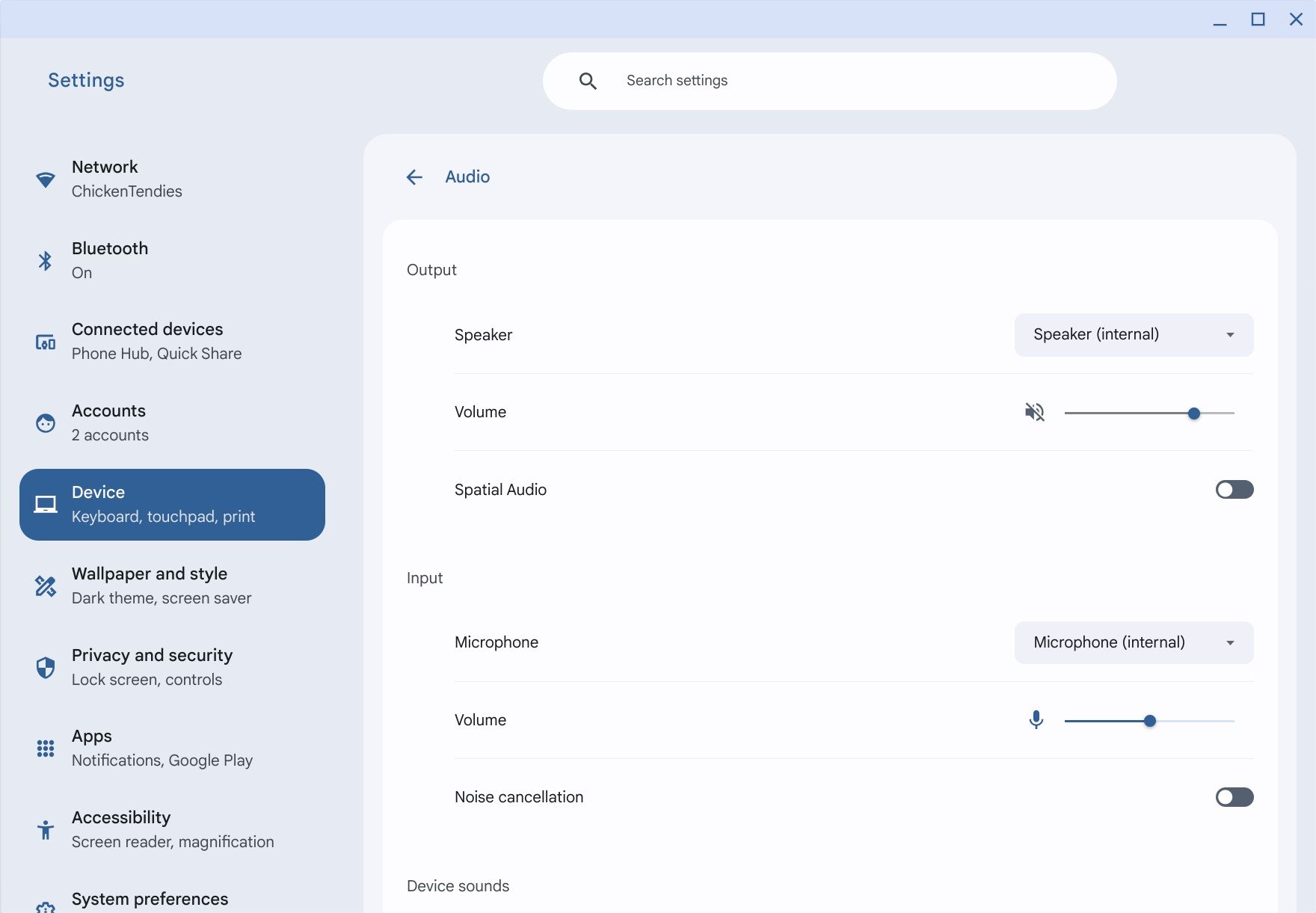Summary
- Spatial audio on Chromebooks could offer a head-tracking, 3D audio experience for movies and music.
- While not available yet, evidence suggests Google is working on adding this feature to ChromeOS in the future.
- This could make Chromebooks even more versatile, allowing users to seamlessly switch between productivity and entertainment tasks.
Spatial audio has been around longer than most people realize, with Dolby Atmos making its first public appearance back in 2012. However, Apple integrating spatial audio into iOS starting in 2020 has made it more popular, and you can now find this head-tracking 3D audio feature in the latest headphones and other portable devices. And now, a new rumor suggests that we might also get this effect on Chromebooks in the near future.

Your Chromebook now lets you open OneDrive docs right from the Files app
Microsoft 365 is now a first-class citizen on Chromebook
There’s a lot to love about Chromebooks. First and foremost, they are more affordable than other laptops that run Mac or Windows, plus you get impressive battery life, a fast and stable OS, a lightweight and compact design, and tons of options to choose from. However, Chromebooks seem poised to get even better, as the guys at 9to5Google have found evidence that Google is working to add spatial audio functionality to ChromeOS.
For those unfamiliar with spatial audio, it is a 3D audio effect that aims to make users feel as if they were listening to surround sound. It is also referred to as virtual surround sound, which is perfect for those who love watching movies or listening to music on their devices.
The first sighting of this feature was locked behind an option in chrome://flags, which is what normally happens before new functionality gets an official announcement. After doing some tinkering and a little code change, the publication was able to activate a new option in the audio settings.
Do you really need spatial audio on a Chromebook?
Of course, it will be a while before we see spatial audio implemented on Chromebooks since the feature isn’t available in the latest version of ChromeOS — it wasn’t even active on the Canary channel at the time of testing and needed to be enabled through code. Further, this feature normally uses head tracking to determine the best settings to deliver an immersive audio experience, so we must wait until we get more details about how that might work. Still, we could see something similar to what we get on Android if this feature is capable of using head-tracking data from paired headphones.
Indeed, getting a smartphone or a tablet with this feature makes more sense, as they’re likely to be used as media consumption devices, while Chromebooks are more often used for productivity. However, this new feature would make it easier for you to work and enjoy your favorite content on the same device, which would ultimately help you to save money as well.





